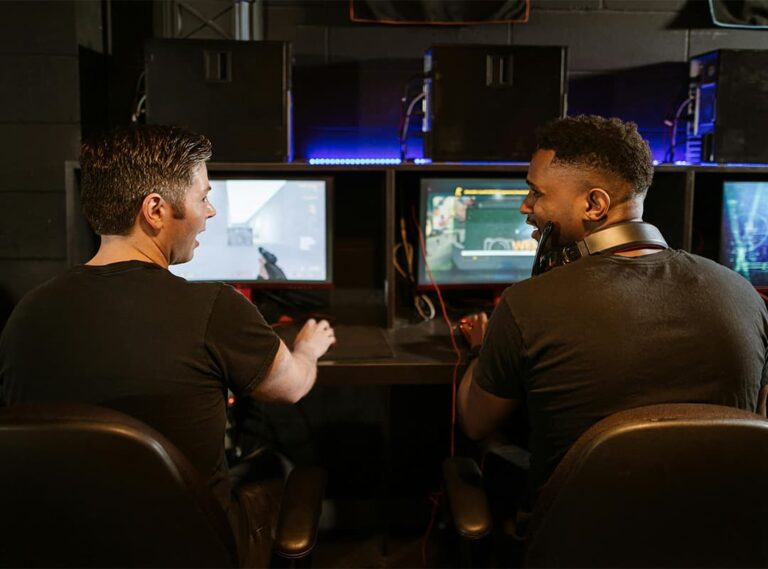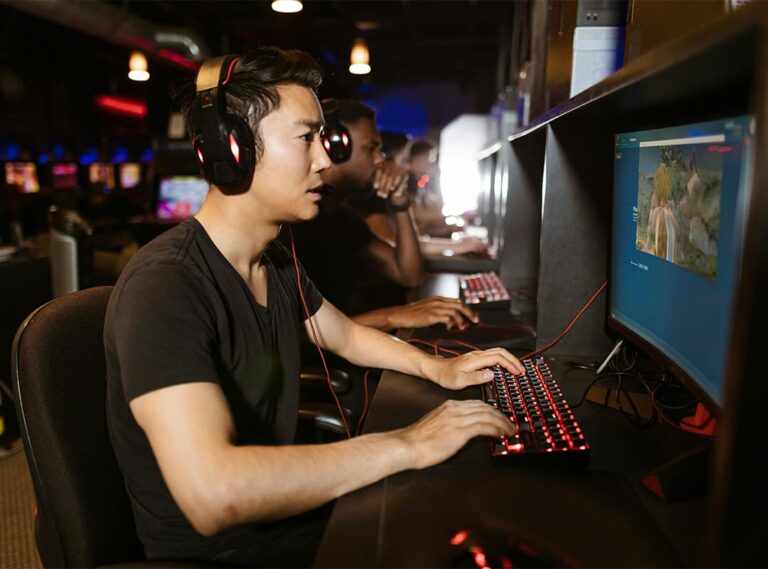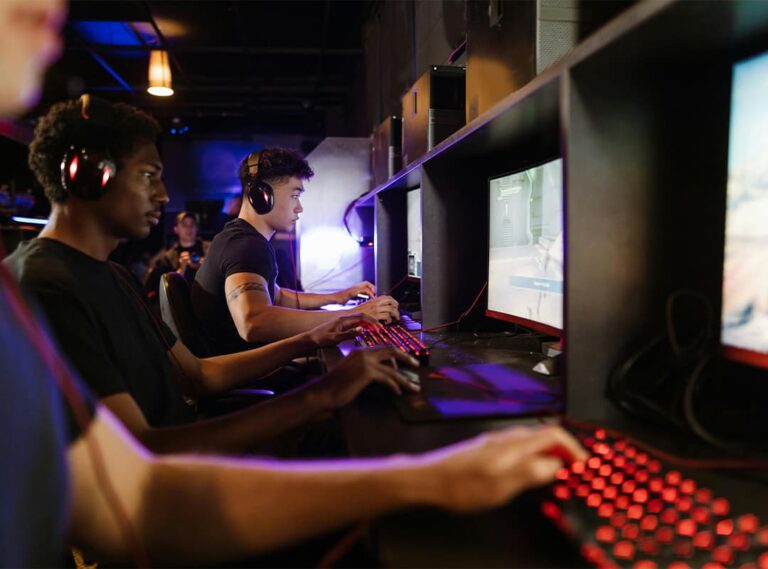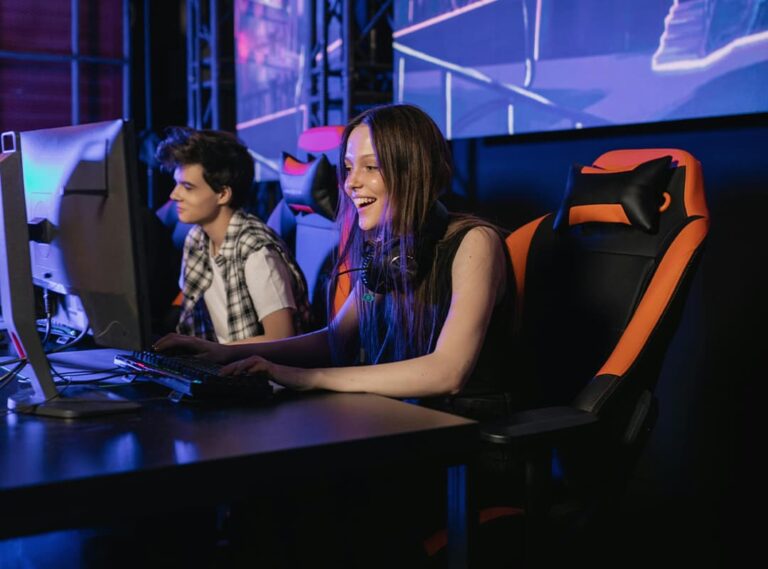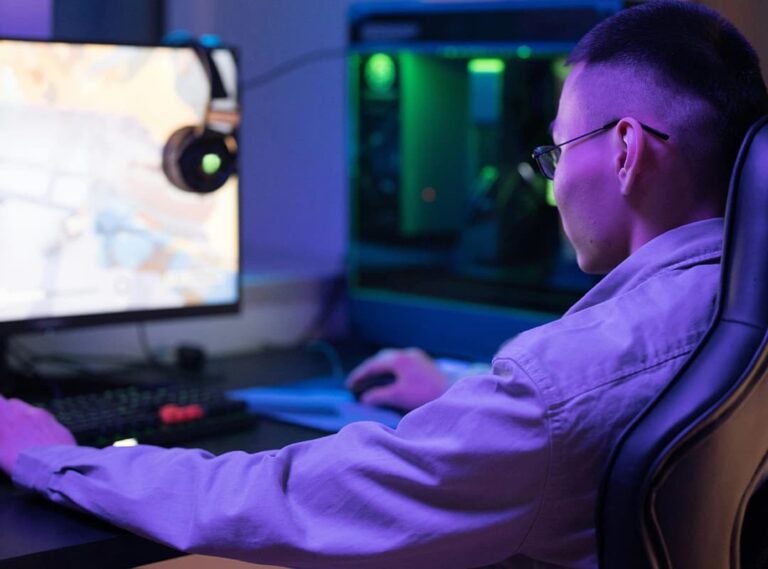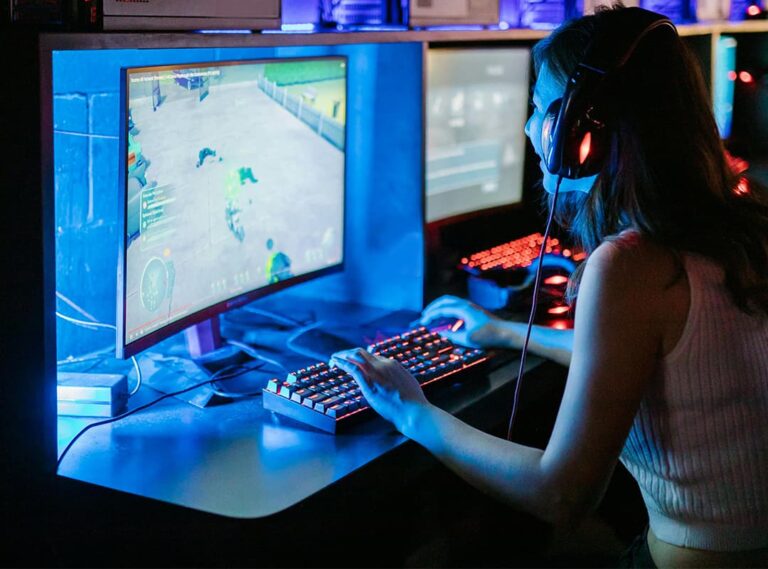Gods Unchained is a Collectible Card Game (hereinafter referred to as CCG) that has been running for quite some time. In many ways, this project can be called one of the longest and most stable among NFT games. Though, of course, it is not without its problems. The main one is a long decline in the price of the game’s main token.
Gameplay
The gameplay of the game is similar, or rather almost identical, to analogs from other KKIs – the same Heathstone or MTG, although the project has more similarities with Hearthstone, which we’ll analyze later.
So, you have passed the registration, now you need to go through training and play a few fights, so that you opened all the starting cards, from which you can collect the first deck. With its help you will be able to start participating in ranked battles.
During the battle there is a field in front of you and your opponent, where you put your fighters. You take turns. The number of cards in the deck is 30. In addition to creature cards, which are placed directly on the playing field, there are also spell cards and weapon cards. Spells have some sort of effect, while weapons give the weapon itself to your character’s hand. The goal of combat is to reduce the amount of health of your opponent’s character to zero. The starting health score is 30. All cards may or may not have unique effects, such as dealing damage to all opponents on the field or restoring health to all of your creatures.
A little bit about deck types
All decks can be conventionally divided into 3 types – Agro, OTK and Control. Of course, there are rarely pure decks, often they combine all three types, but they are called by the predominant type.
Agro – such decks seek to seize control of the field by constantly fielding their cheap and midrange creatures. The main goal of such a deck is to kill the opponent’s god until they can’t field their expensive creatures. This type is prevalent in the game not only because it’s easy to learn (as they used to say about such decks – pick up and throw green cards) and it’s great in terms of performance, but also because such decks usually don’t require a lot of expensive cards. Of course you can improve this deck with a legendary, but it will play pretty well without it. The leading deck of this type, and the game as a whole, as of June 2022 is Agro-Mag.
OTK – These decks focus on making some combination that will kill your opponent in one turn. So, if for example a deck that is built around one single card. This card, when it accumulates a certain score, instantly kills the opponent. The task of the deck is to live to the combination, heal, holding the table as much as possible. The leaders here are problematic.
Control – these decks are often very expensive and difficult to master. The whole point is to keep your opponent off the table. These decks use spells, cheap creatures, etc. to clear the table. When you get to the late stages of the game, you either put out a lot of strong and expensive creatures, or your opponent just gives up, realizing that there’s nothing left for him to beat you with.
As someone who previously spent a lot of time playing Hearthstone, it was quite interesting for me to notice how similar the Gods Unchained “meta” is to the Hearthstone meta from a few years earlier. Now, if I may say so, Gods Unchained 2014-2015 has the undivided dominion of characters and decks focused on dealing damage to the “face” of the enemy as quickly as possible. If anyone remembers the golden days of face-hunts, this is exactly the same, even one of the most popular abilites (your character’s ability that can be used on any turn) is identical to the hunt’s.
Perhaps this similarity in the development of Gods Unchained and Hearthstone is due to deliberate copying of the beaten path, or perhaps it’s just that all KKIs have similar development paths. I can’t answer, since I haven’t played anything besides Hearthstone and Gods Unchained, except for a couple hours of Gwent a little after release, but that’s too little for any verdicts.
Tokenomics
The fixed number of $GODS tokens will be 500,000,000, distributed as follows:
34% – P2E awards.
25% – Token Reserve, which will be distributed to the community and other areas of tokenomics within 12 months of the token mint.
20.5% – Community and Ecosystem Fund.
7% – Tokens distributed by the community to mitigate any problems in token circulation.
7% – tokens available for purchase.
6.5% – will be retained by the team.
The biggest problem in this game at the moment is the long recession, if not crisis, of token value. This doesn’t mean that you can’t make money from the game, but the amount of earnings and the ways to achieve them have changed significantly over the past few months.
Earlier, most of the earnings came from farming tokens in battles, but since April 2022, this role has been played by selling cards and map packs on the market. From Friday to Monday, the game holds a special event, during which, for victories, you will be able to get rewards in packs. To get a normal amount of packs you need to spend time in ranked battles and get a better league (normal earnings can be realized from the gold league). The received packs can be opened – each pack brings 5 cards, and sell the received cards, or sell the pack itself – packs are different, and somewhere there may be expensive cards, and somewhere the pack itself will cost more expensive than all its drop. You can monitor prices on trading sites or in specialized TG channels.


